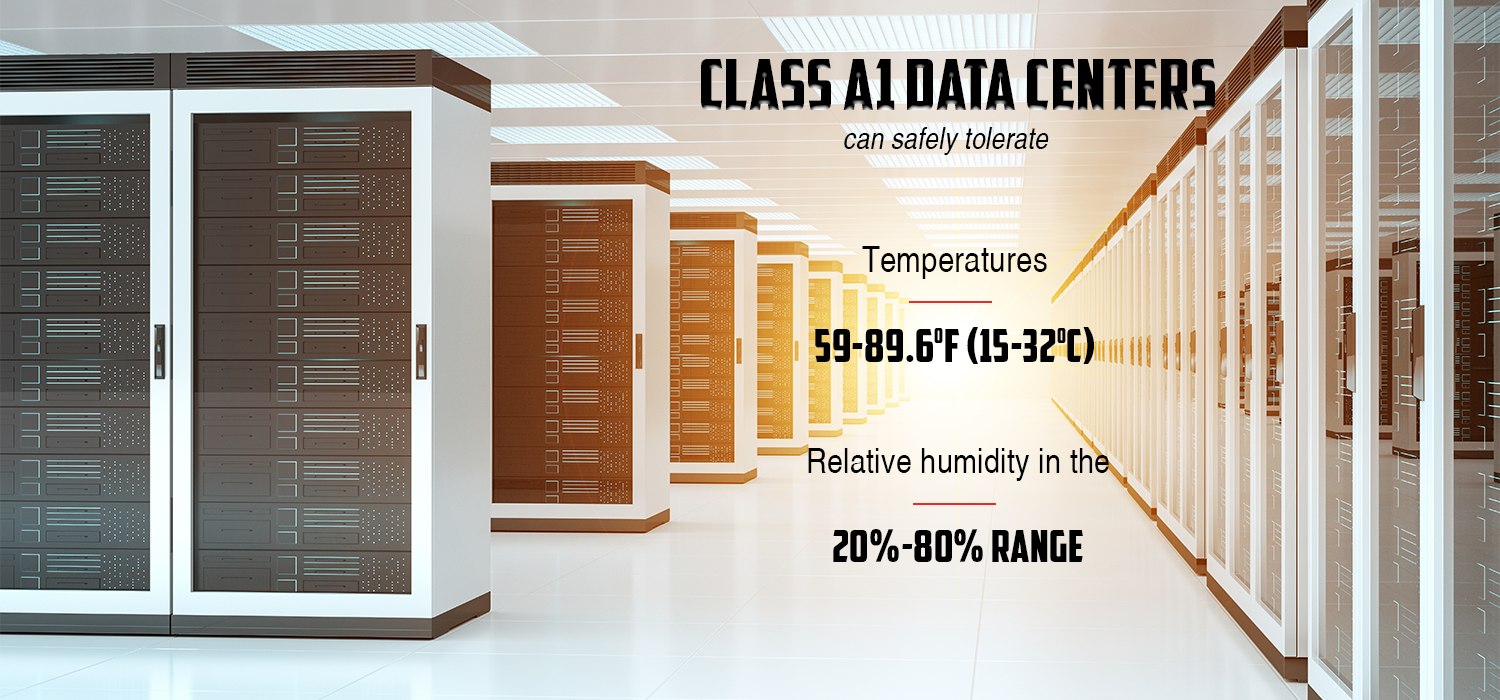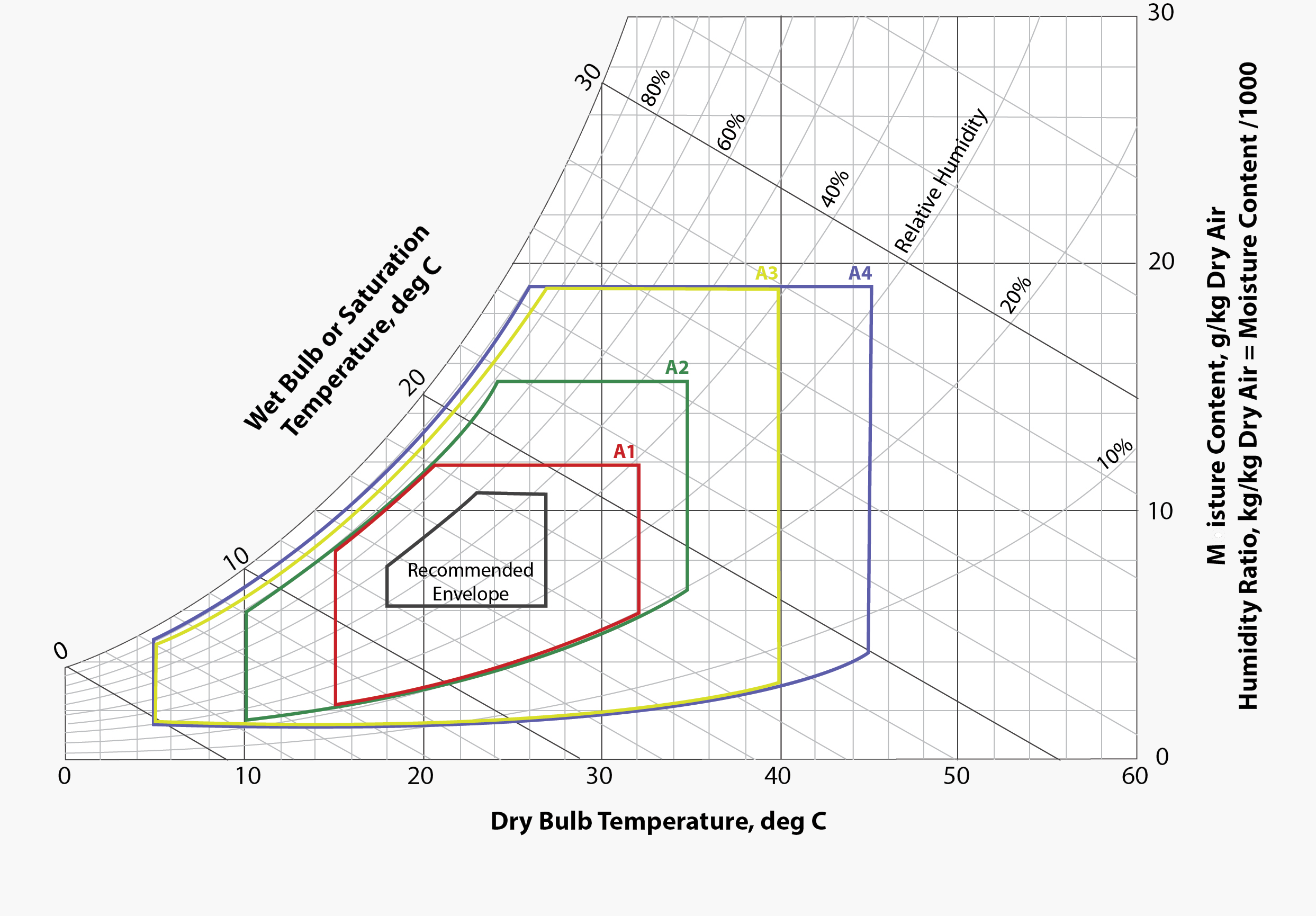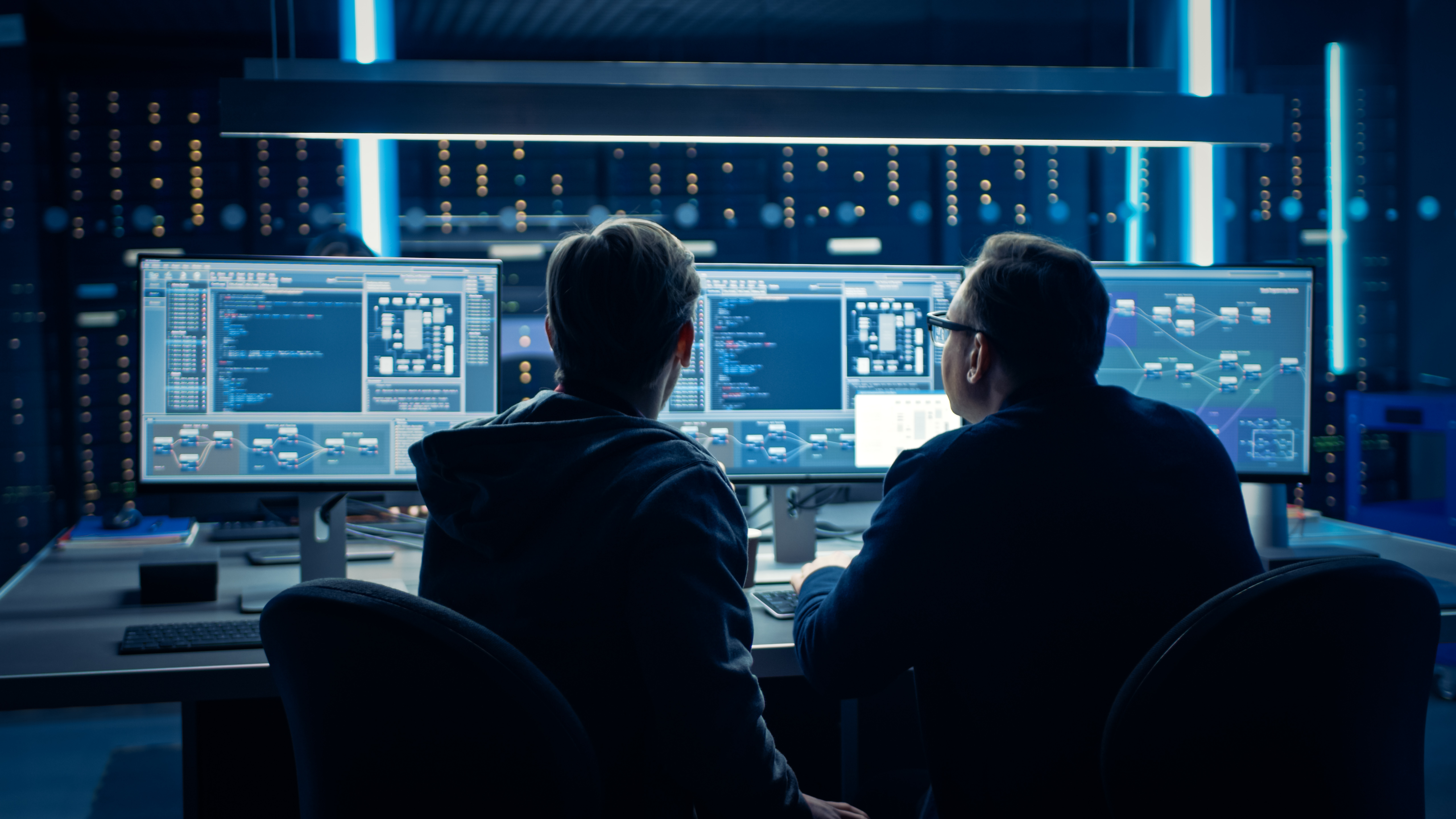Gaining Awareness into Data Center Energy Consumption
With increased demands on your storage capacity and operating hours, how efficient is your data center? Data center energy issues can drive up operating costs, cutting into profits. Review your data center’s energy consumption to look for opportunities – including updating your UPS – to cut back expenses.
Gaining Awareness into Data Center Energy Consumption
With increased demands on your storage capacity and operating hours, how efficient is your data center? Data center energy issues can drive up operating costs, cutting into profits. Review your data center’s energy consumption to look for opportunities – including updating your UPS – to cut back expenses.
A more connected world leads to greater demands on
your data center's energy consumption
Advances in communications technology make the world feel like a smaller place every day. Our collective need to stay connected has led to unprecedented reliance on our connected devices in both our work and personal lives. Which in turn has led to increased demand for data storage and mobility.
As you consider your data center requirements to keep up – it’s important to review your data center’s energy consumption as well to look for ways to be more energy efficient.
We’ve outlined a few key culprits of high-energy use below to help identify problem areas.
Cloud-based enterprises
support more digital engagement, but also require more server space and power
More companies are pushing an increasing share of their transactions skyward, driving up the volume of cloud-based enterprise activities. This has led them to scale back their physical square footage for IT. This shift in data processing load from enterprise-based facilities to off-site data centers and colos (colocation facilities) has also led to more servers packed into data centers and increased energy consumption because of it:
- Blade servers have been developed in response to the need for more computing power in less space. The downside is that these servers gobble up more power per square foot of available real estate than their predecessors and racks are becoming increasingly denser. As a result, data center energy consumption, and therefore, operating costs are up.
- Increased servers and power mean more circuits packed into tighter areas, and an increased need for cooling capacity and heat dissipation.
- Mission critical applications often demand uptime in the “five nines,” making redundancy a requirement in data center design.
Together, a high degree of redundancy coupled with high density translates into higher demand for power. The resulting higher energy costs from these three understandably get the attention of the data center owner/operator and likely make energy efficiency his top priority in an effort to reduce the electric bill for his data center.
How Data Centers can Combat
High Energy Consumption
A Switch to DC Power in Data Centers
One possible solution to reduce energy consumption concerns the use of high voltage DC power to energize data centers.

Since the bulk of the electrical infrastructure (servers, storage devices, battery backup for UPS systems, and other IT related equipment) requires DC power, it stands to reason that a shift to DC power has merit. Several studies have been conducted exploring the viability of this option, but safety remains a concern, as it may expose data center staff to voltages with which they are not experienced.
Additionally, there are other systems present in a data center such as lighting, security systems, and cooling that rely on an AC power source. This, coupled with the fact that data centers are now almost exclusively fueled by the existing AC power grid, make high voltage DC power unlikely at this point in time.
Develop New Cooling Strategies
As noted above, increased server and power densities drive increased cooling requirements that also consume power. That’s why greater emphasis has been placed on developing new cooling strategies to effectively combat the increased heat generation and decrease data center energy consumption. Previously, CRAC (Computer Room Air Conditioning) units were positioned around the perimeter of a data center and blew air indiscriminately at a constant rate into an open room.
Recent years have seen efforts to “contain” and isolate hot and cold air flows:
- Proper air management guides cold air across and through heated circuit boards and then exports it directly into the intake of the CRAC units.
- A carefully positioned artificial ceiling and plastic sheets that form doors have been frequently used to confine spaces further.
- Using variable speed (as opposed to fixed speed) CRAC units can help – operating the units at the lowest level necessary to achieve the desired temperature, as overcooling translates to overspending.

- Alternative designs for air handling systems, such as thermal wheels, have also been utilized for a more efficient cooling model.
- Water and other liquid-based cooling systems have made their way to the marketplace in addition to air-based cooling systems.

Consider DCIM

For those operators who have the time and resources available, installing monitoring hardware and software known collectively as Data Center Infrastructure Management, or DCIM, may be of interest. The installation of thermal sensors and constant monitoring will reveal hot spots and potential vulnerabilities of equipment currently in place as well as gain insights into the overall efficiency of the data center’s operation. From there, you can respond to your most common culprits of data center energy consumption.
Update Your UPS for Increased Data Center Energy Efficiency
As one of the core components of mission critical infrastructure in a data center, UPS systems are often viewed as one of the biggest culprits of energy loss in power distribution. The larger loads commonly found in data centers make it necessary to install larger UPS systems to support those loads.
It is no wonder, then, that there has been increased interest in utilizing the most energy-efficient UPS system available.
| Learn more about Mitsubishi Electric’s ENERGY STAR Certified UPS and how it can help you improve data center energy efficiency. |  |